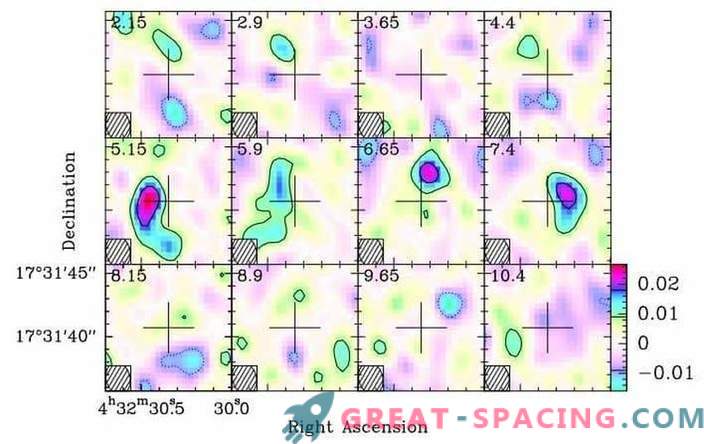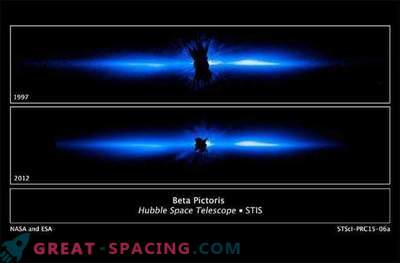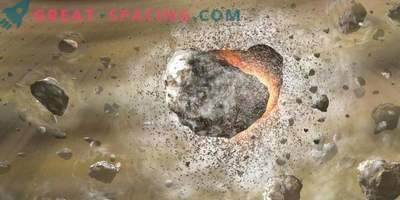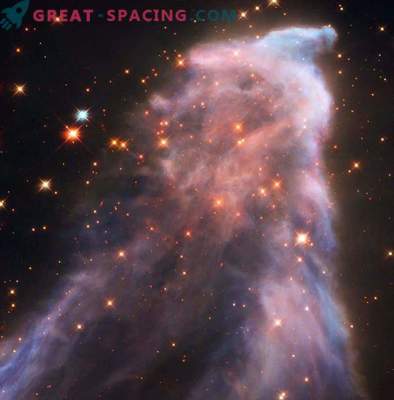
An international group of scientists was able to fix the release of hydrogen sulfide from a dense protoplanetary disk around the star GG Tauri A. This is the first detection of a similar chemical compound on a protoplanetary disk.
The star is 490 light-years distant from us and lives on the territory of the star-formation Taurus-Charioteer. This is a five-fold system with a triple star GG Taurus A. It is known that it has a dense ring, stretching 180-260 a. e., and a large disk stretching 800 a. e. Due to its large size, low temperature (approximately 20 K) and large mass (0.15 solar), the disk is perceived as a suitable target for the search for cold molecular chemistry.

Channel maps H2S 1 (1.0) - 1 (0.1) emissions from the protoplanetary disk around the star GG Taurus A
A recent study focused on sulfur-containing molecules, so scientists were looking for hydrogen sulfide (H2S), carbon monosulfide (CS), sulfur monoxide (SO), and sulfur dioxide (SO2). The NOEMA interferometer in the French Alps was used for the search, which allowed us to notice the release of hydrogen sulfide. The analysis shows that hydrogen sulfide is clearly visible with a peak signal-to-noise ratio in several channels. Most of the linear emission comes from a tight ring and stretches up to 500 a. e. It was also found that the measured density of hydrogen sulfide columns is three times higher than the upper limits for systems with such disks, which is most likely due to the large mass of the disk.
In addition to hydrogen sulfide, HCO +, H13CO + and DCO + were noticed. Also noted that the observation of DCO + to HCO + converges with the figures on other disks. But even with a low sulfur content, scientists were unable to reproduce the observed column densities of sulfur-containing molecules. This means that our understanding of the chemical composition of sulfur on dusty grains remains incomplete.











































